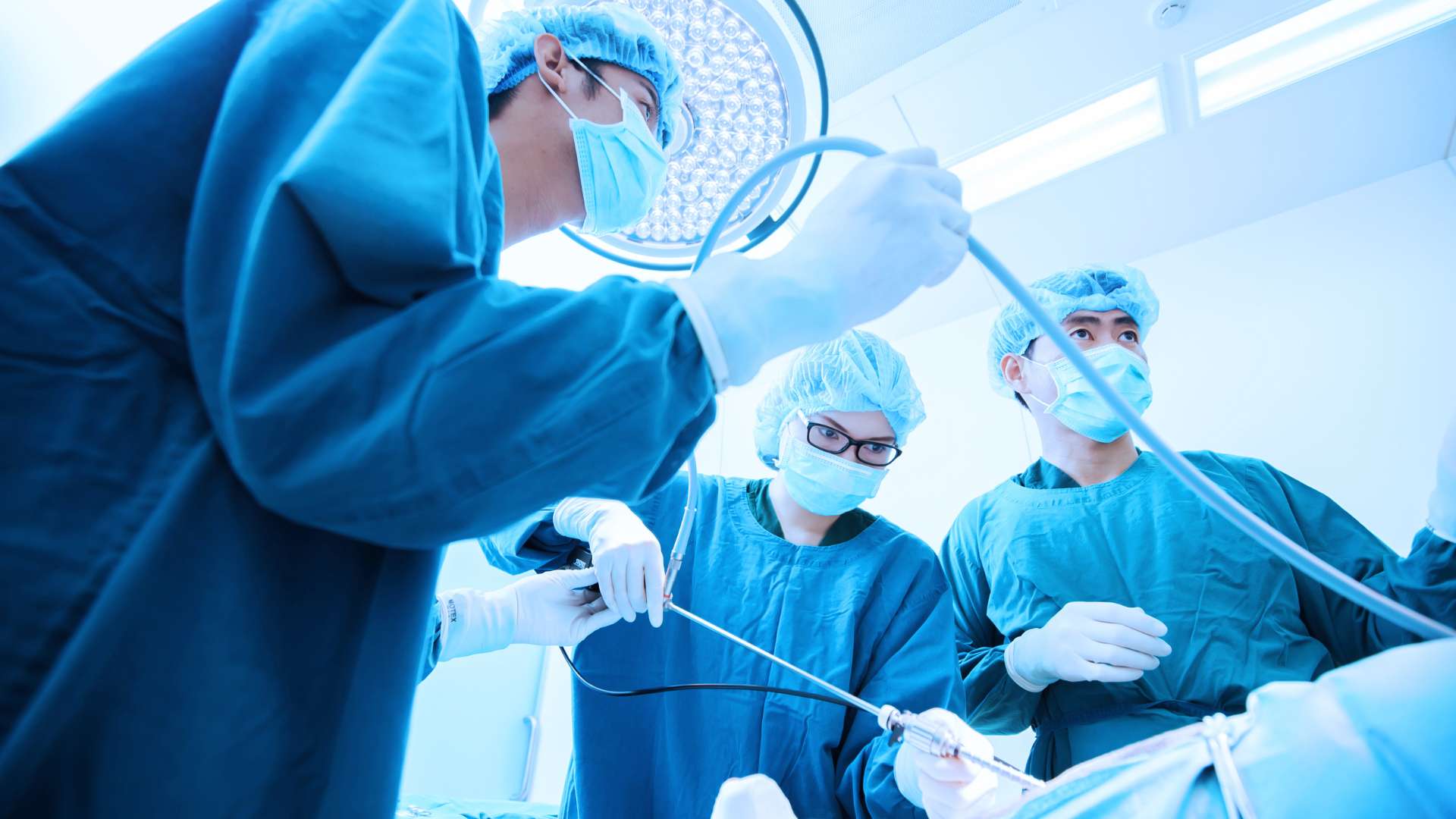Embarking on a career in surgical technology is a rewarding journey filled with opportunities to make a real difference in the medical field. As a surgical technologist, I’ve witnessed firsthand the crucial role that well-trained professionals play in ensuring safe and efficient surgical procedures. In this article, I’ll delve into the essential aspects of a surgical technology training program, shedding light on what aspiring surgical techs can expect as they pursue this fulfilling career path.
From mastering sterile techniques to assisting surgeons during operations, a comprehensive training program equips students with the skills and knowledge needed to excel in the operating room. As I guide you through the key components of a surgical technology curriculum, you’ll gain valuable insights into the rigorous yet gratifying process of becoming a certified surgical technologist. Join me as we explore the intricacies of this dynamic profession and uncover the steps required to succeed in a surgical technology training program.
Surgical Technology Training Program
The Role of a Surgical Technologist
As a surgical technologist, I assist in surgical operations by preparing the operating room, arranging equipment, and ensuring everything is sterile. My role involves passing instruments to surgeons, keeping track of supplies, and supporting the surgical team. It’s crucial to work efficiently and proactively to guarantee the smooth flow of procedures.
Evolution of Surgical Technology
In my experience, the field of surgical technology has evolved significantly over the years. From basic instrument handling to utilizing cutting-edge technology in the operating room, the role demands continuous learning and adaptation. It’s essential to stay updated with the latest advancements in surgical techniques and equipment to provide the best possible care for patients undergoing surgery.
Essential Components of Surgical Technology Training Programs
Accreditation and Educational Standards
In surgical technology training programs, accreditation and educational standards play a vital role in ensuring quality education and preparing students for successful careers. Accreditation from recognized bodies such as the Commission on Accreditation of Allied Health Education Programs (CAAHEP) or the Accrediting Bureau of Health Education Schools (ABHES) indicates that the program meets specific criteria related to curriculum, faculty qualifications, and student support services. Meeting these standards not only enhances the credibility of the program but also ensures that graduates receive a comprehensive education that aligns with industry requirements.
Curriculum Overview
The curriculum of a surgical technology training program is meticulously designed to equip students with the necessary knowledge and skills to excel in the field. It typically includes courses covering anatomy, physiology, medical terminology, surgical procedures, pharmacology, sterilization techniques, and patient care. Hands-on training in simulated operating room settings allows students to practice sterile techniques, instrument handling, and working effectively as part of a surgical team.
Clinical Experience
Clinical experience is a crucial component of surgical technology training programs as it provides students with the opportunity to apply theoretical knowledge in a practical setting. During clinical rotations in hospitals or surgical centers, students work under the supervision of experienced surgical technologists and healthcare professionals to assist in actual surgical procedures. This hands-on experience allows students to develop essential skills such as anticipating surgeon’s needs, maintaining a sterile field, and ensuring patient safety.
Key Skills Gained in Surgical Technology Training
Instrumentation Knowledge
In surgical technology training, I acquired in-depth knowledge of a wide range of surgical instruments used in various procedures. Understanding the purpose, handling, and setup of these instruments is crucial for ensuring the smooth flow of surgeries. Mastery of instrumentation knowledge enables me to anticipate surgeons’ needs during procedures, enhancing efficiency in the operating room.
Aseptic Techniques
During my training, I honed my skills in aseptic techniques, which are vital for maintaining a sterile surgical environment. I learned how to properly scrub, gown, and glove, as well as how to set up a sterile field to prevent infections and ensure patient safety. Adhering to strict aseptic protocols minimizes the risk of complications during surgeries, contributing to successful patient outcomes.
